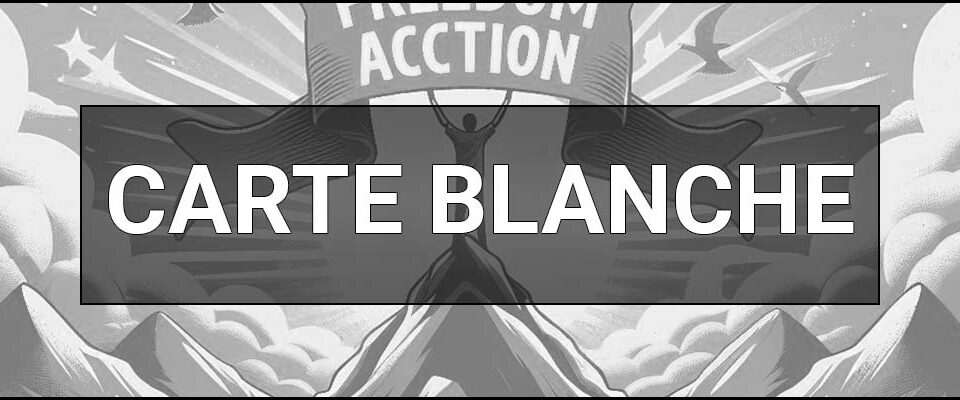Protectionism is a type of economic policy aimed at supporting and developing domestic producers of goods and services through government assistance and reducing the impact of external competing challenges.
What is PROTECTIONISM – meaning and definition in simple words.
Simple, clear answer: Protectionism is an economic model in which all preferences are purposefully given to domestic producers. The state creates a favorable environment for them by reducing competition in the market. This is achieved by closing its own market to foreign companies. Usually in such models, domestic companies are actively financed from the state treasury.

Protectionism policy and state protectionism, what is the goal and task?
In a country with a protectionist policy, domestic producers are isolated from competition with foreign firms due to a number of barriers to imports. They are also often supported directly by the government using subsidies and grants. The opposite of protectionism is free trade, in which imported goods are allowed to enter the country freely. Thanks to free trade, the market is a healthy economic environment where rules and prices are set by many factors such as supply and demand, quality and service. Due to this, many advanced countries prefer to develop in conditions of open trade, and the policy of protectionism is considered a relic of the past.

Goals and motives of economic protectionism.
The logic of protectionism is that domestic industries can suffer when faced with imports. Usually, imported products are much cheaper than domestic ones due to many factors. Sometimes the price can be affected by:
- cheaper labor force;
- availability of natural resources;
- technical and scientific superiority in production or other factors.
By imposing strict import tariffs and quotas, the government could theoretically increase the market for domestic goods, effectively closing the market for foreign producers. Such actions should theoretically help the domestic economy.
When import restrictions are accompanied by government subsidies and export promotion policies are in place, theoretically this should have a beneficial effect on the country’s economy. But usually this doesn’t happen. Due to the lack of competition, companies may show less interest in developing innovative products, preferring the production of old inventions and technologies. They may also face export barriers, as foreign countries often respond to protectionism with their own protectionist policies. As a result, we get a situation in which no one wants to trade with a country where there is a strong protectionist policy.
Ways to implement the policy of protectionism.
To achieve the goals of protectionism, there are 3 ways:
- State financial support for domestic producers of goods and service providers.
- Stimulating the export of products and services.
- Minimization of imports of products and services.

Policy Methods
To achieve the goals of economic protectionism, the following measures are applied:
- An increase in customs duties on certain types of products for which a policy of protectionism is being implemented;
- Establishment of quotas, restrictions or embargoes on certain types of imported goods;
- Conclusion of agreements between the exporting and importing country to restrict imports;
- Mandatory certification of imported goods is established according to the norms of the state where these goods are supplied. Certification may relate to product safety, quality, labeling standards, etc.;
- Bureaucratic customs procedures are being tightened;
- There is a subsidization of domestic producers who produce their products on the domestic market or export them abroad;
- Control over the turnover of foreign currency;
- The national currency is being devalued. The depreciation of the national currency supports the domestic producer, since it becomes economically unprofitable to purchase goods abroad.
Types of protectionism.
Economic protectionism is usually classified into the following types:
- Sectoral – protection from import competition of products manufactured in the context of any industry;
- Selective – protection of specific domestic goods or economic protection from a certain country;
- Collective – combining the efforts of several countries in the context of sectoral or selective protectionism.

Pros and cons of the policy of foreign economic protectionism:
- The main disadvantage of this policy is the fact that in the absence of a free market, prices for goods and services become overpriced, and their quality is very low. Without the low-cost and high quality of foreign competitive products, domestic companies charge any price for their products and services. In addition, under protectionism, local companies can lobby for various bills to help them dictate product quality standards. In this case, if there is no need to constantly improve your product, then the technical improvement of enterprises becomes not a priority. As a result, scientific progress in the manufacturing industry is slowed down.
- Opinions like this are a plus. Proponents of protectionism argue that it can help some industries if they are isolated from the free market until they get stronger. But, as a rule, this strategy does not bring the expected results. These industries, in the absence of incentives, continue to be subsidized.




